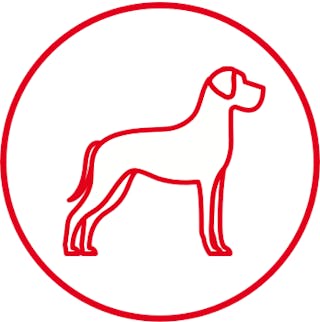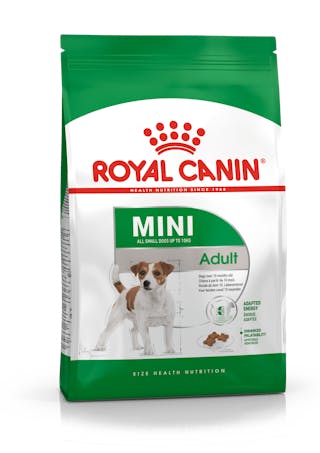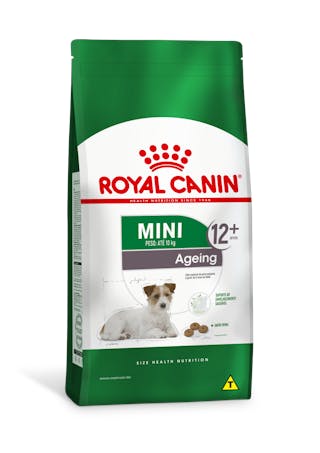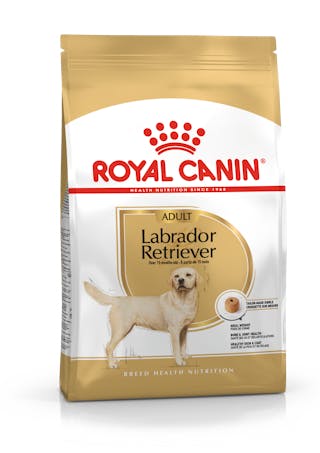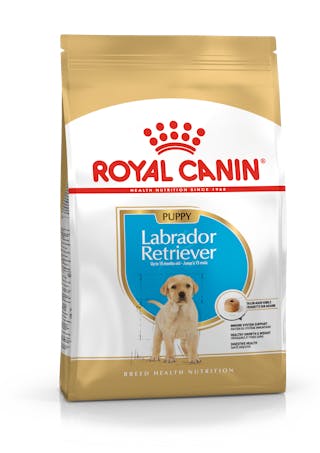
Let's talk Cavalier King Charles Spaniels
While they may be small in size, these daring little dogs pack a punch much bigger than you might think. Often quite fearless, Cavalier King Charles Spaniels are curious about everything around them and can be surprisingly sporty (they are a spaniel, after all). At the same time, they are also very affectionate and form strong bonds with their human owners. Famed for their silky locks, droopy ears and expressive eyes, the Cavalier King Charles Spaniel must surely be one of the top tail-waggers too.
Official name: Cavalier King Charles Spaniel
Other names: Cavie, English Toy Spaniel
Origins: Great Britain

| Drooling tendencies |
|
Warm weather? |  |
| Grooming needs |  |
Cold weather? |  |
| Shedding level |  |
Suited to apartment living? | |
| Barking tendencies |  |
Can stay alone?* | |
| Energy Level* | Low | Family Pet?* |  |
| Compatibility with other pets | |
* We advise against leaving pets alone for long stretches. Companionship can prevent emotional distress and destructive behaviour. Speak to your veterinarian for recommendations.
Every pet is different, even within a breed; this snapshot of this breed specifics should be taken as an indication.
For a happy healthy and well-behaved pet, we recommend educating and socializing your pet as well as covering their basic welfare needs (and their social and behavioral needs.
Pets should never be left unsupervised with a child.
Contact your breeder or veterinarian for further advice.
All domestic pets are sociable and prefer company. However, they can be taught to cope with solitude from an early age. Seek the advice of your veterinarian or trainer to help you do this.
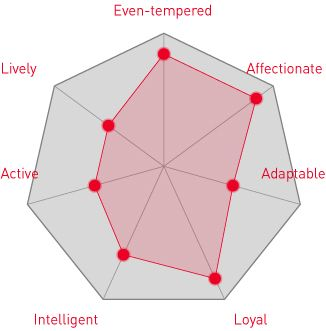

| Baby age | Birth to 2 months |
| Puppy age | 2 to 10 months |
| Adult age | 10 months to 8 years |
| Mature age | 8 to 12 years |
| Senior age | 12 to 20 years |

1/7
Get to know the Cavalier King Charles Spaniel
All you need to know about the breed
Always ready with a wag of their long, swishy tails, Cavalier King Charles Spaniels are renowned for their sweet and gentle temperament. As one of the smaller breeds of spaniel, they adapt well to most domestic set-ups and will quickly become an integral member of the family. Once trained, Cavalier King Charles Spaniels are usually great with children and other animals too.
To understand the origins of the Cavalier King Charles Spaniel, we need to go back in time to the 1500’s when toy spaniels were first seen in Europe – having possibly been brought over from East Asia. Later, in the 17th century, these diminutive dogs became a favourite of King Charles I and his son, Charles II, resulting in the subsequent moniker (their handler did not cast the widest net when renaming the breed). However, it wasn’t until the 1920’s that the Cavalier King Charles Spaniel emerged as a distinct breed in its own right.
Now one of the most popular types of spaniel, the Cavalier King Charles Spaniel was given a further boost when the hit HBO series, Sex and the City, was broadcast. Fans of the show will recall that Charlotte’s dog was a Cavalier King Charles Spaniel memorably called Princess Dandyridge Brandywine – a fine name for a dog.
Long admired for their soft silky coat, the Cavalier King Charles Spaniel comes in four distinct colour patterns – with variations of chestnut, white, black, tan and red – or Blenheim, Tricolour, Ruby and Black & Tan, to give them their proper names. What all Cavalier King Charles Spaniels share in common, though, is that feathered fur, long droopy ears and large, expressive brown eyes.
Also quite adaptable little dogs, they are as content curled up on the sofa with their human owners as they are out on a walk. With a longish lifespan, and a top age of 20, the Cavalier King Charles Spaniel is an excellent choice of companion all-round.

2/7
2 facts about Cavalier King Charles Spaniels
1. A right royal history
The regal origins of the Cavalier King Charles Spaniel have not been forgotten down the centuries. As well as the ‘King Charles’ part of the name, the ‘Cavalier’ precursor stems from the term used for Royalist supporters of Charles I during the English Civil War.
2. In the frame
Another well-known fan of the Cavalier King
Charles Spaniel was the glamorous Hollywood star Lauren Bacall. Rumour has it
that the actress was so devoted to her own Cavalier King Charles Spaniel that
she had a portrait of her beloved dog hung in her home.
History of the breed
When it comes to the history of the Cavalier King Charles Spaniel, the clue is in the name. Back in the 17th-century, King Charles I and his son, Charles II, became big fans of toy spaniels – so much so that the ‘King Charles Spaniel’ was named after the pair. In fact, the diarist Samuel Pepys famously wrote that Charles II seemed more interested in his spaniels than ruling the country.
The King Charles breed continued to be popular into the early 19th century – boosted by the Marlborough family, at Blenheim Palace, who bred their own line of red-and-whites. But then, in Victorian times, dog fanciers began crossing them with similar Asian breeds. This resulted in a more dome-shaped skull and a flatter face.
However, the original toy spaniel breed still featured in many of the old family portraits from the time, and in the 1920’s, a wealthy American called Roswell Eldridge laid down a challenge. If any British breeders could produce spaniels of the ‘Old World type’, he would offer a cash prize. Not surprisingly, that had the desired effect and this ‘new’ type of toy spaniel was named the Cavalier King Charles Spaniel.
The breed was given formal recognition by the British Kennel Club in 1945 – though was only accepted in America as recently as 1996. Nowadays, Cavalier King Charles Spaniels are a favourite on both sides of the pond.

4/7
From head to tail
Physical characteristics of Cavalier King Charles Spaniels
1. Coat
Coat is soft and silky and can also have a slight wave in the fur.
2. Colouring
Four distinct colourings with variations of chestnut, white, black, tan and red.
3. Head
Head is almost flat on top in the area between the ears.
4. Face
Distinctive expressive brown eyes, long floppy ears and a button nose.
5. Body
Body is longish and agile with a level back and swishy tail carried at the same height.

5/7
Things to look out for
From specific breed traits to a general health overview, here are some interesting facts about your Cavalier King Charles Spaniel
This is a breed that can suffer from respiratory issues
With the right care, the Cavalier King Charles Spaniel can often be a healthy dog well into old age – but one thing to bear in mind is that they belong to the ‘brachycephalic’ family. This means that their physical features include a flat face and short nose, due to the shape of their skull, and these anatomical attributes can cause some potential health issues. For example, Cavalier King Charles Spaniels can occasionally suffer with breathing problems. For this reason, as with all brachycephalic breeds, we advise you to choose a dog with physical features that are not over-exaggerated, to buy from a responsible breeder and to seek counsel from your vet if needed.

6/7
Caring for your Cavalier King Charles Spaniel
Grooming, training and exercise tips
The lustrous coat of the Cavalier King Charles Spaniel is actually quite deceptive – in a good way! Silky, smooth and moderately long, it’s often assumed to be fairly high-maintenance. In fact, the Cavalier King Charles Spaniel should be fine with a weekly brushing and the occasional bath. Just keep an eye out for any matting in-between times and be prepared for a little more brushing during shedding times. The Cavalier King Charles Spaniel will also need their nails trimmed as often as needed and their long drop ears should be checked weekly for any sign of infection. As they can also be prone to dental issues, teeth-brushing at home is a must and regular check-ups are recommended.
As well as their calm temperament, Cavalier King Charles Spaniels are naturally intelligent and quick learners. This makes the training process smooth for both dog and owner alike. Eager to please, they will respond well to praise – and, yes, especially to foodie treats. If you go down this route, it’s best to reward them with kibbles from their daily allocation rather than unhealthy snacks. Beyond puppy training, Cavalier King Charles Spaniels also tend to do well in obedience, rally and agility classes. Their gentle and affectionate personalities, and the fact the Cavalier King Charles Spaniels have few behaviour problems, also makes them excellent therapy dogs too.
7/7
All about Cavalier King Charles Spaniels
Though they share much in common, the King Charles Spaniel and the Cavalier King Charles Spaniel are two distinct breeds. There are two important ways in which you can tell the difference. As well as the fact that the King Charles Spaniel is slightly smaller in size than the Cavalier King Charles Spaniel, they also have a notably shorter muzzle and a different shaped head.
The easy-going temperament of the Cavalier King Charles Spaniel means they are a very docile breed and not one to kick up a fuss generally. However, there is one exception to this. As they form strong bonds with their human owners, the Cavalier King Charles Spaniel does not do well alone and can be prone to separation anxiety. If this occurs, they will often bark persistently until reunited with their ‘pack leader’.
Tailored nutrition for your Cavalier King Charles Spaniel
Read more on this topic

10 toxic foods you shouldn't give your dog

Common illnesses in older dogs

Does my puppy have diarrhoea?
Sources
1 - Veterinary Centers of America https://vcahospitals.com/
2 - Royal Canin Dog Encyclopaedia. Ed 2010 and 2020
3 - Banfield Pet Hospital https://www.banfield.com/
4 - Royal Canin BHN Product Book
5 - American Kennel Club https://www.akc.org/

